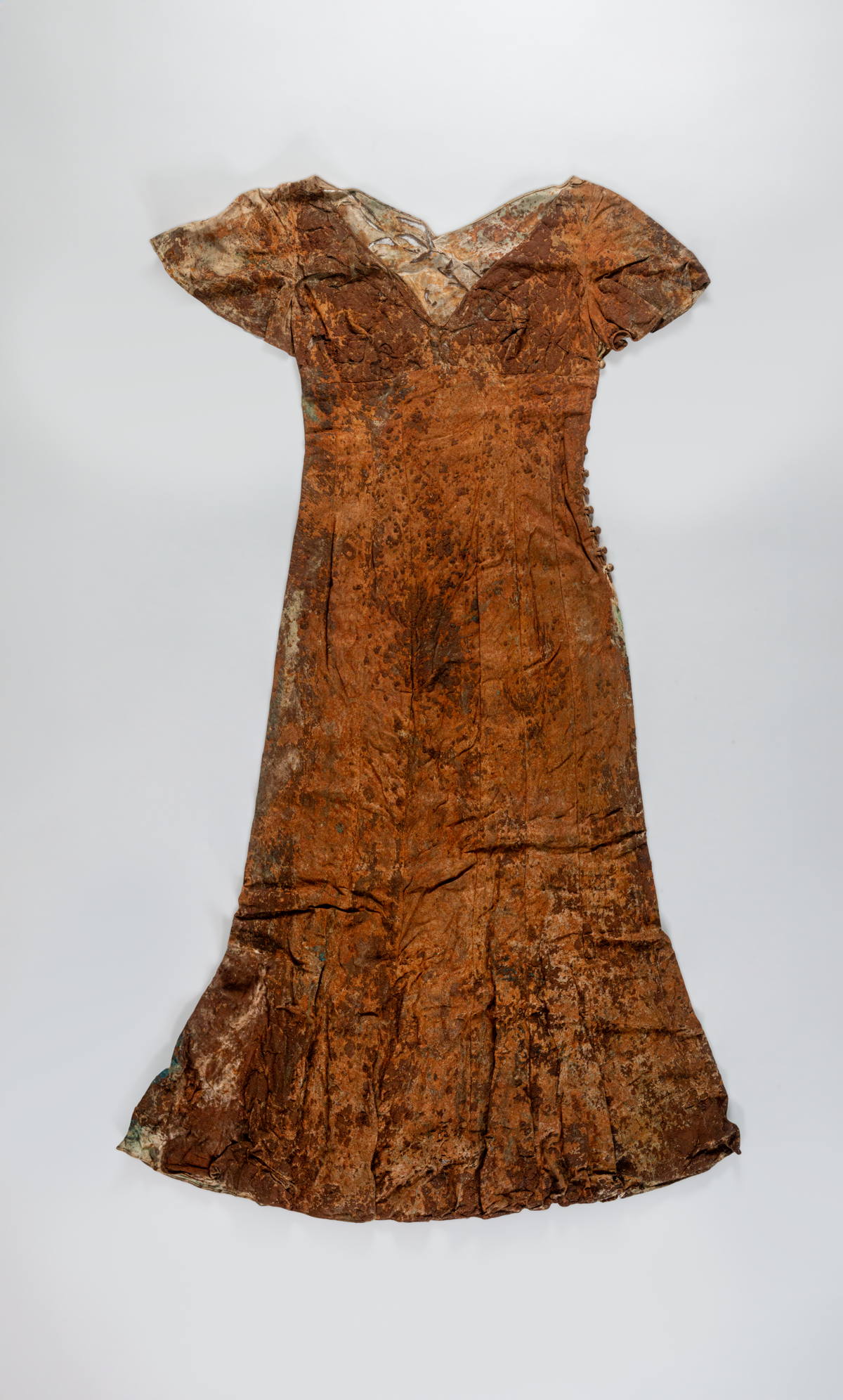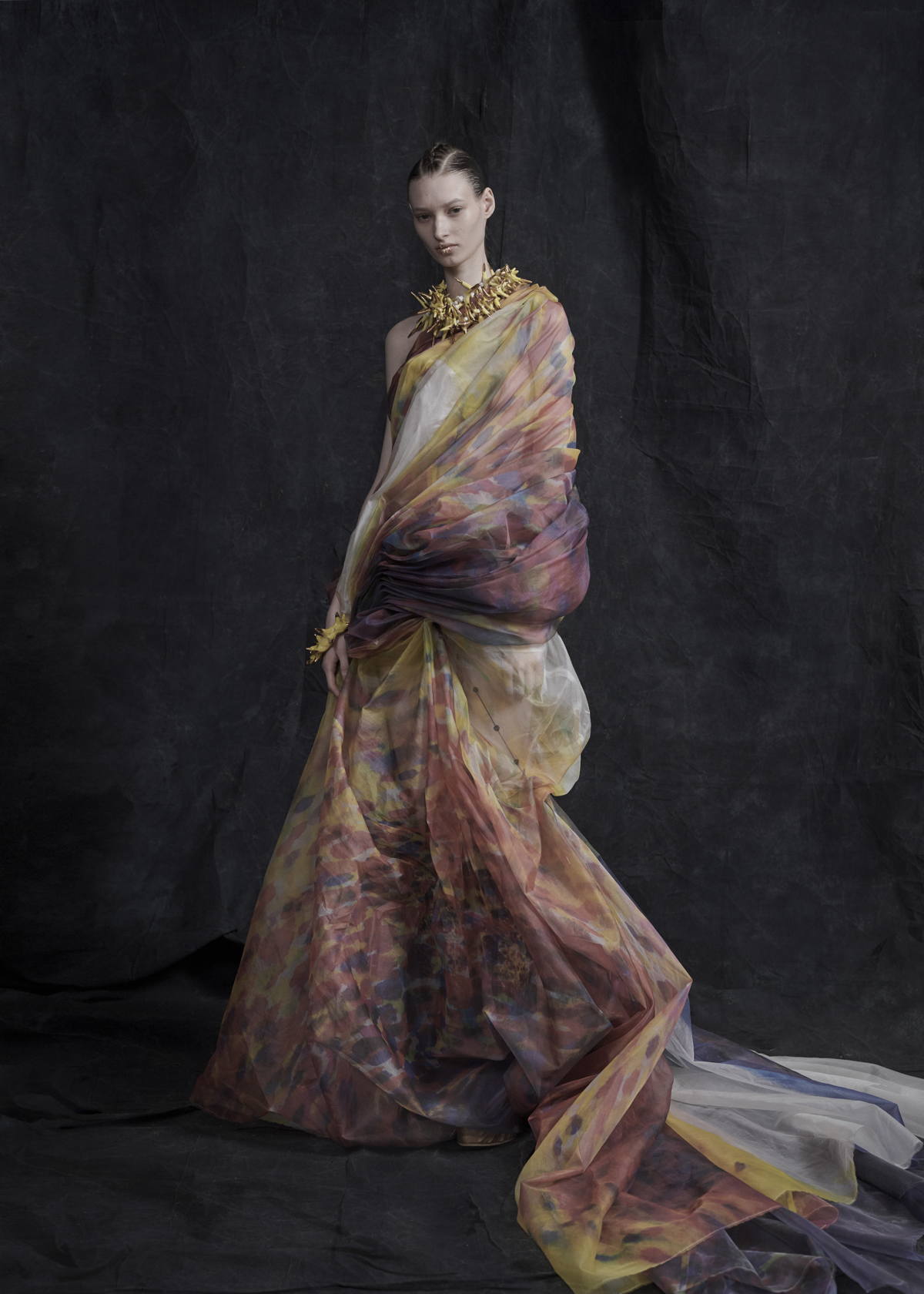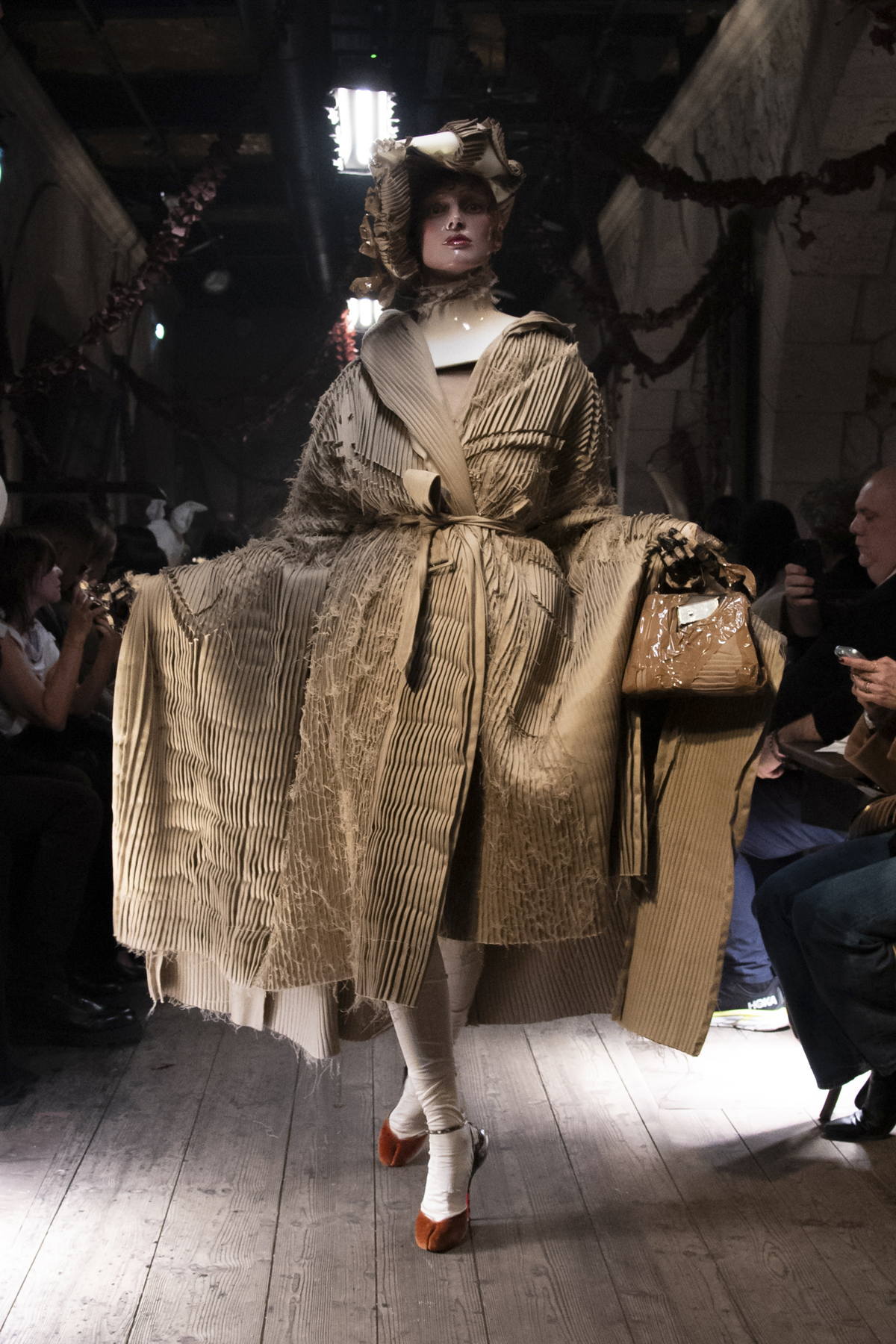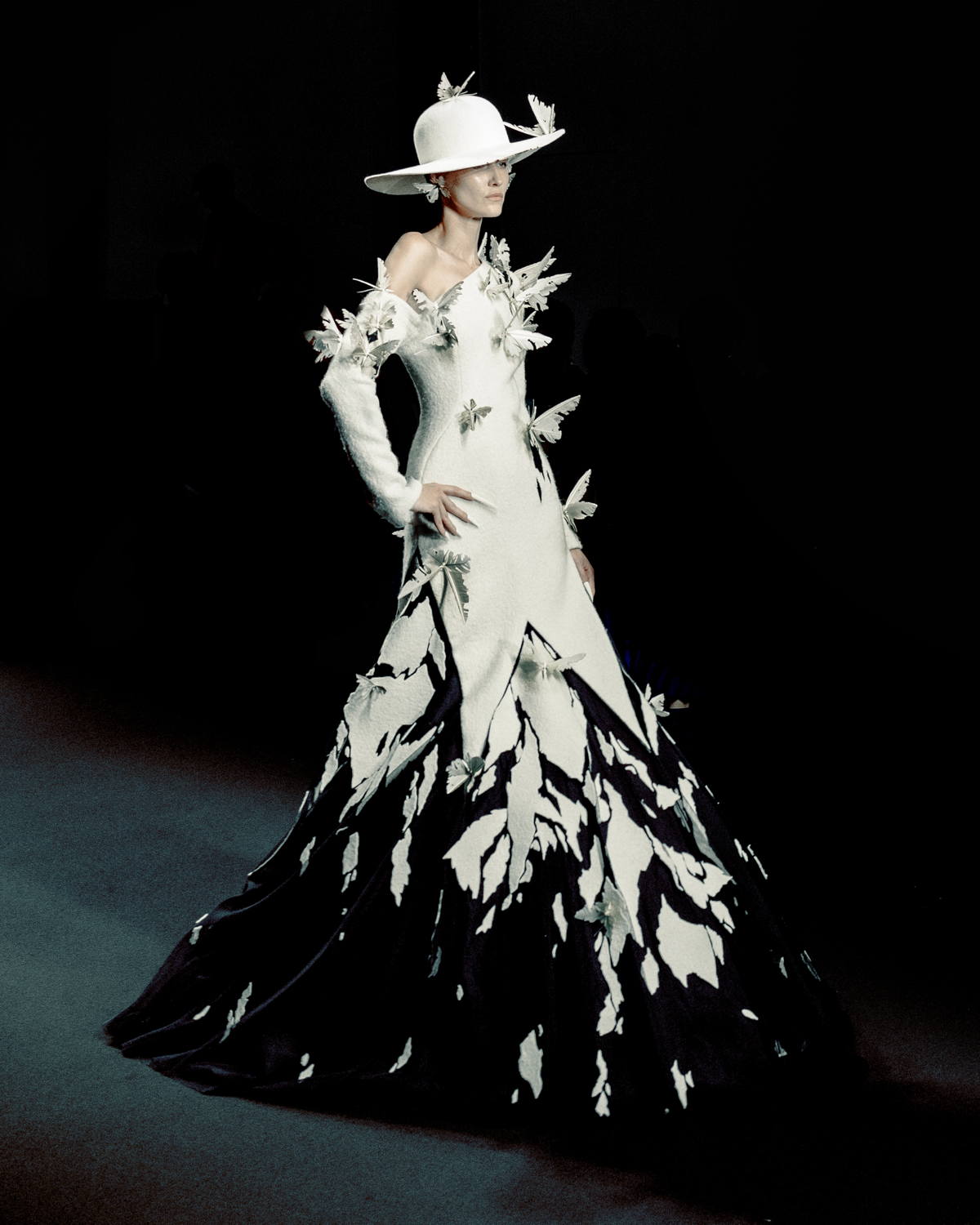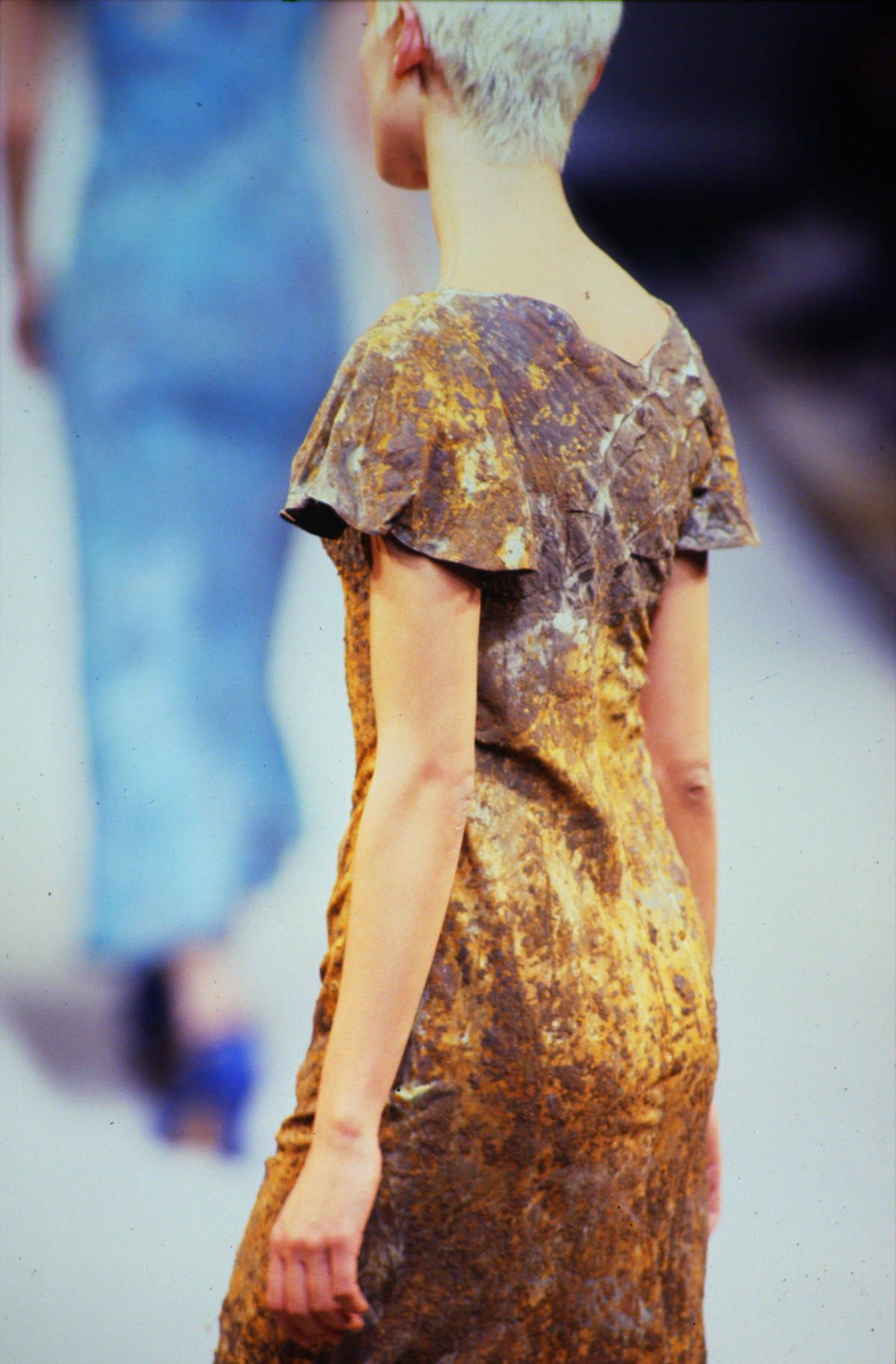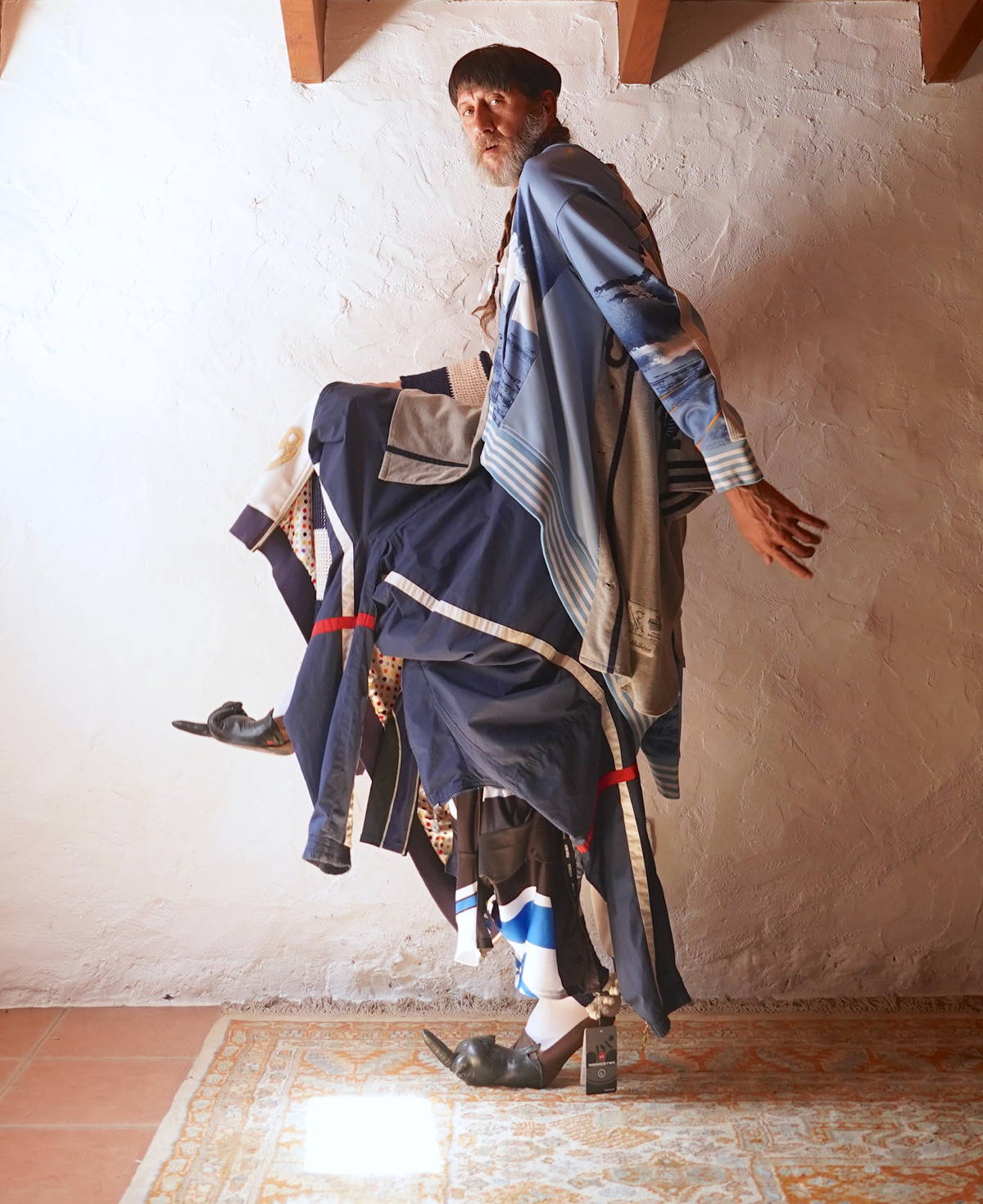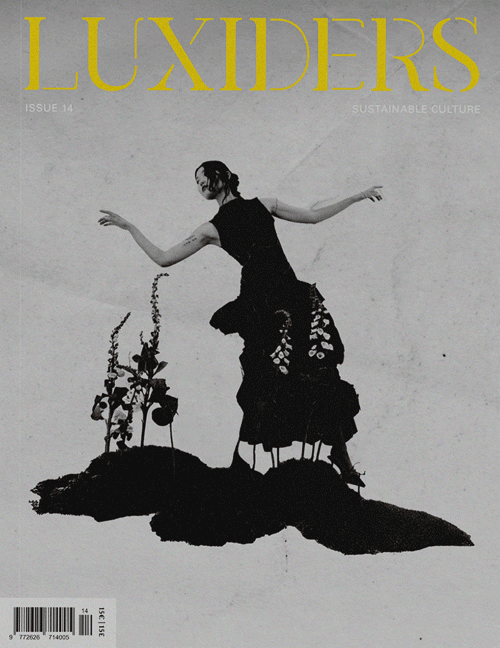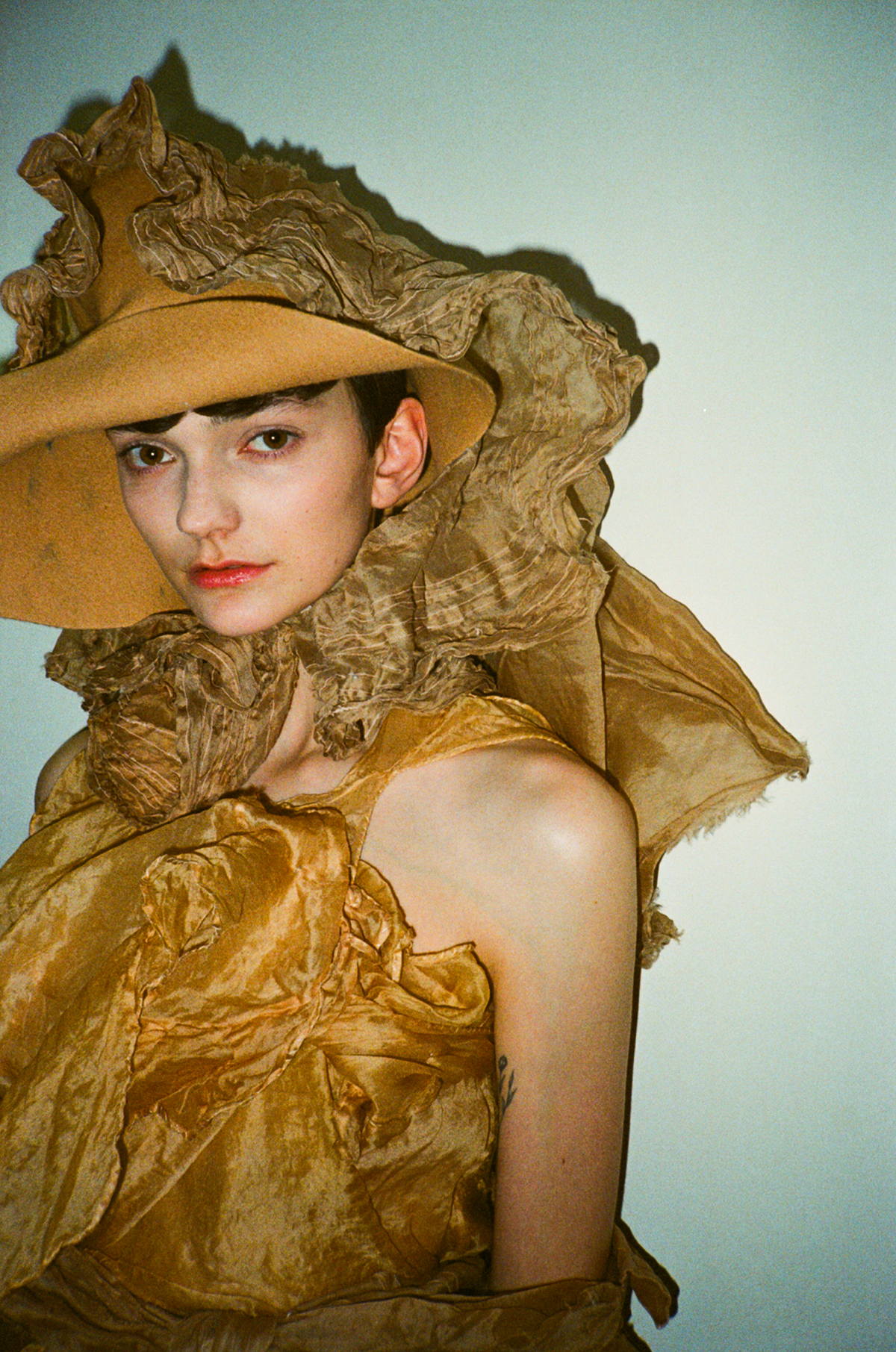
Dirty Looks | Desire and Decay in Fashion
In a world ruled by speed and immediacy, where garments are born already condemned to their own obsolescence, beauty begins to reappear where we least expect it. Contemporary fashion turns its gaze back toward the imperfect, toward what the system has tried to erase or disguise. At London’s Barbican, the exhibition Dirty Looks: Desire and Decay in Fashion unfolds as a sensorial journey through half a century of material rebellion. Yet what lies beneath its surface is not merely an aesthetic revision, but a new ethics of time. A reconciliation with matter and with the transience of things. Curated by Karen Van Godtsenhoven and Jon Astbury, the show is on view until January 25, 2026 at the Barbican Art Gallery, standing out as one of London’s must-see exhibitions of the season.
In the early 1980s, Vivienne Westwood and Malcolm McLaren turned torn clothing into a political statement. Between safety pins, leather, and ripped seams, punk inaugurated an aesthetic of resistance, a way of defying order through fabric and flesh. Clothing was no longer decoration but a weapon, a language of protest. That rebellion, born from urgency and scarcity, was also a pioneering gesture of sustainability: reusing, mending, and extending the life of objects. Instead of producing more, punk made wear and tear visible, reclaiming it as a mark of identity. Four decades later, circular fashion and upcycling inherit that spirit, translated into a different language but still defending reuse and resource consciousness against a fashion system driven by overproduction and labour exploitation.
At the opposite end of punk’s rage, yet inspired by a similar sensitivity to time, the Japanese philosophy of wabi-sabi emerged in the West as a reminder that perfection is not a universal value. What erodes, cracks, or fades also holds truth. Designers like Rei Kawakubo, Yohji Yamamoto, and Issey Miyake transformed fashion’s ideal through that lens. Wrinkles, asymmetry, and worn fabrics became forms of freedom. Against the Western obsession with the immaculate, wabi-sabi proposes an ethics of care and impermanence, a way of seeing beauty in what changes or disappears. In that gaze lies the seed of what we now call sustainable fashion, a way of creating that respects materials, honours process, and understands time as part of the work itself.
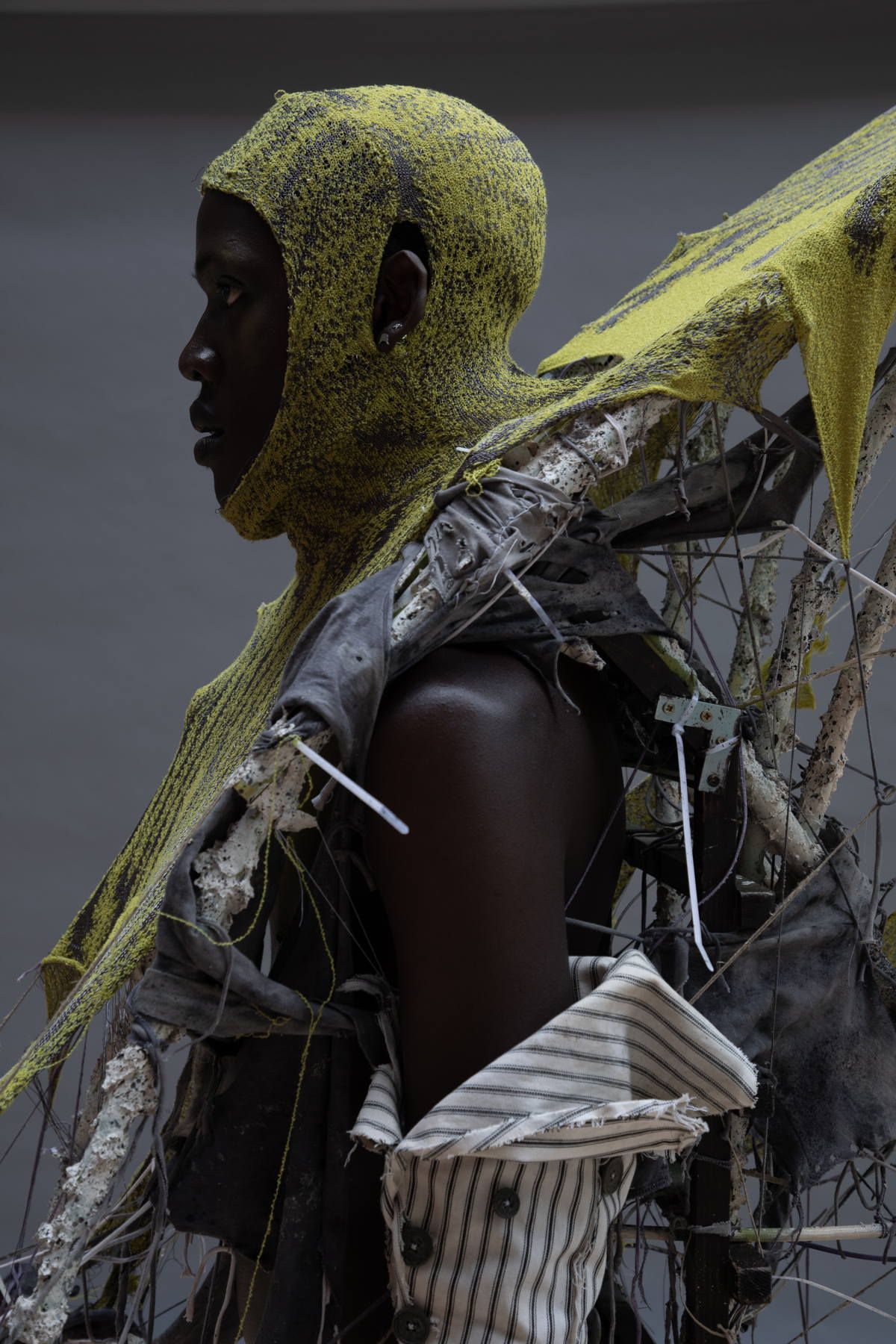
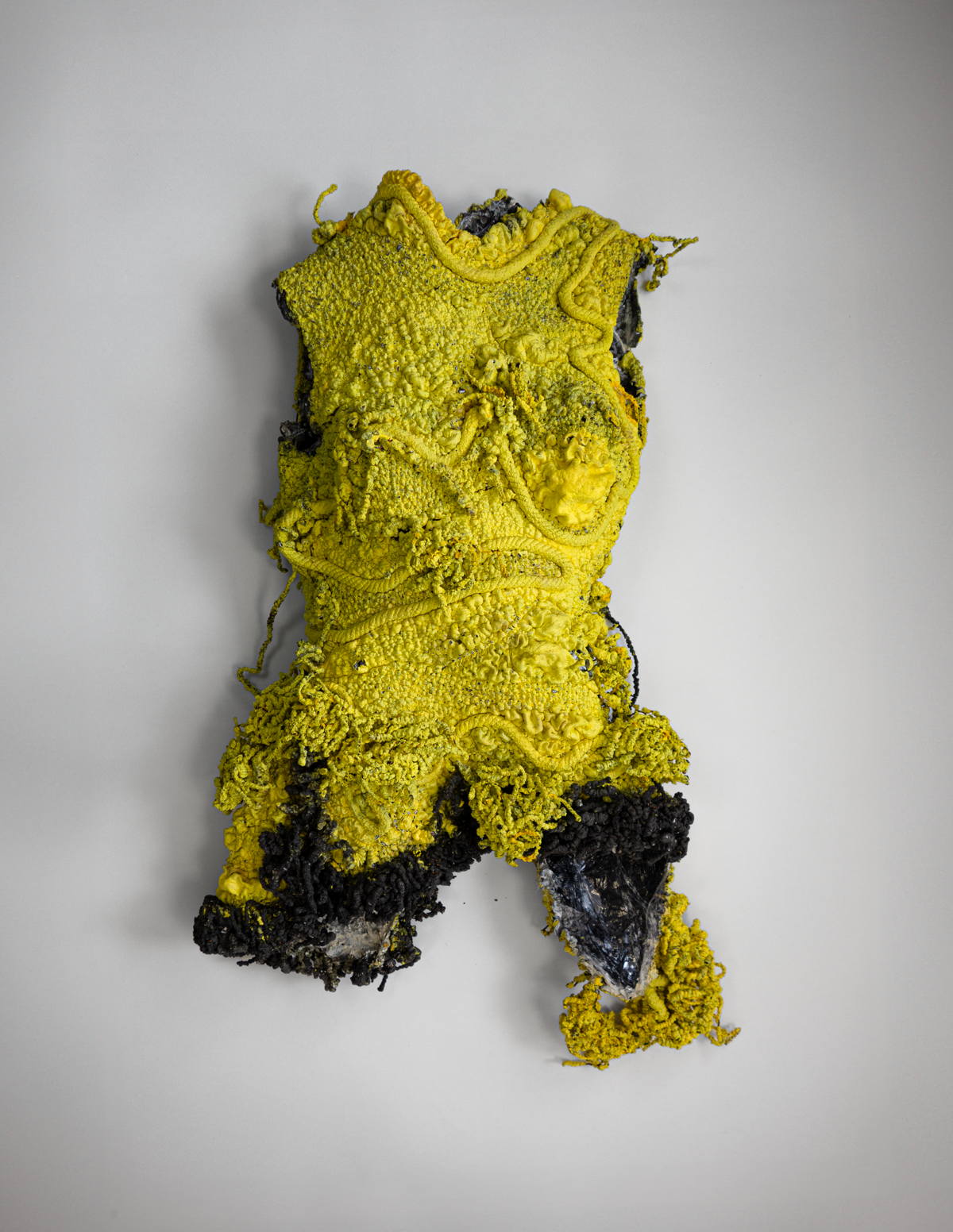
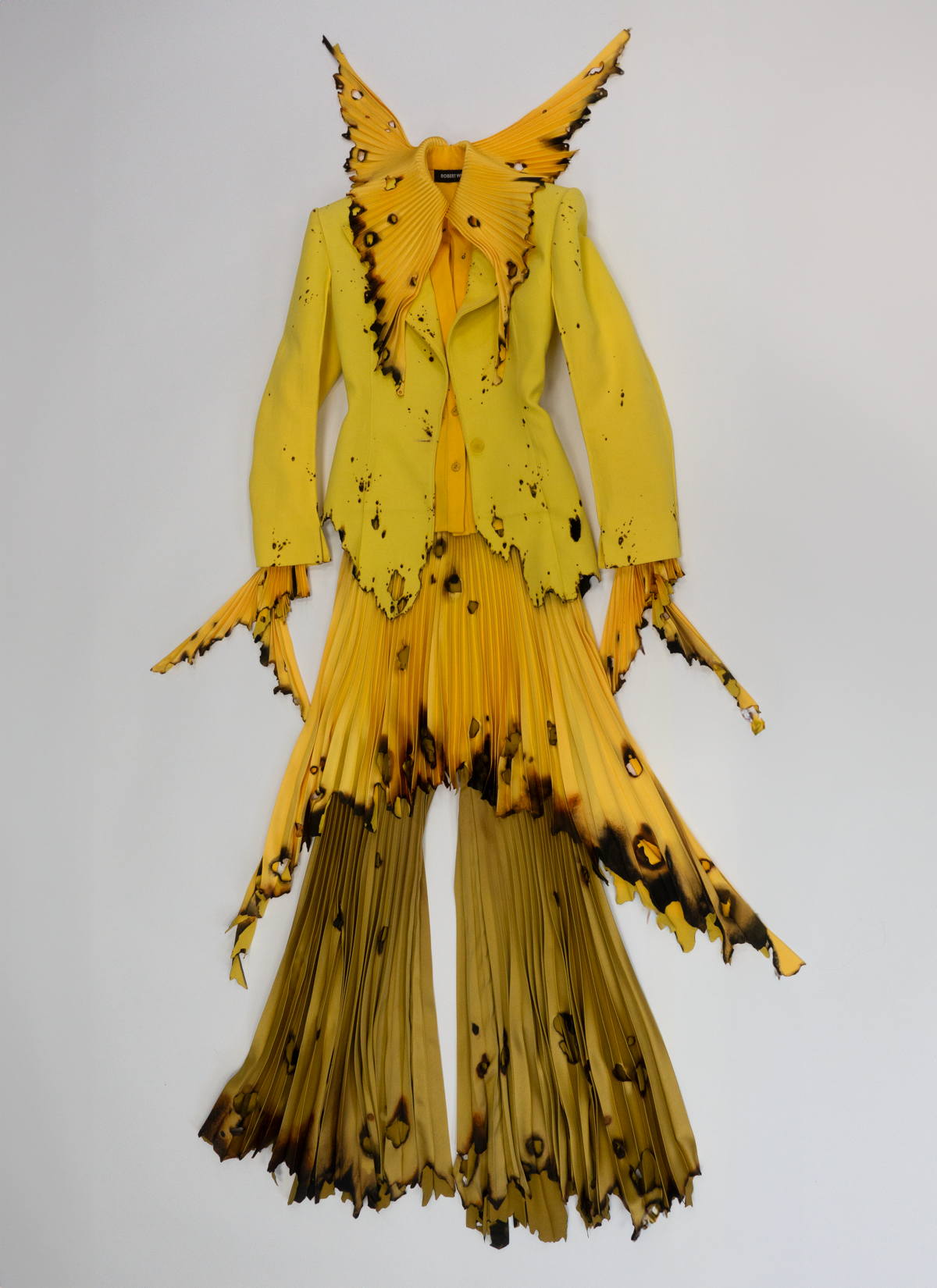

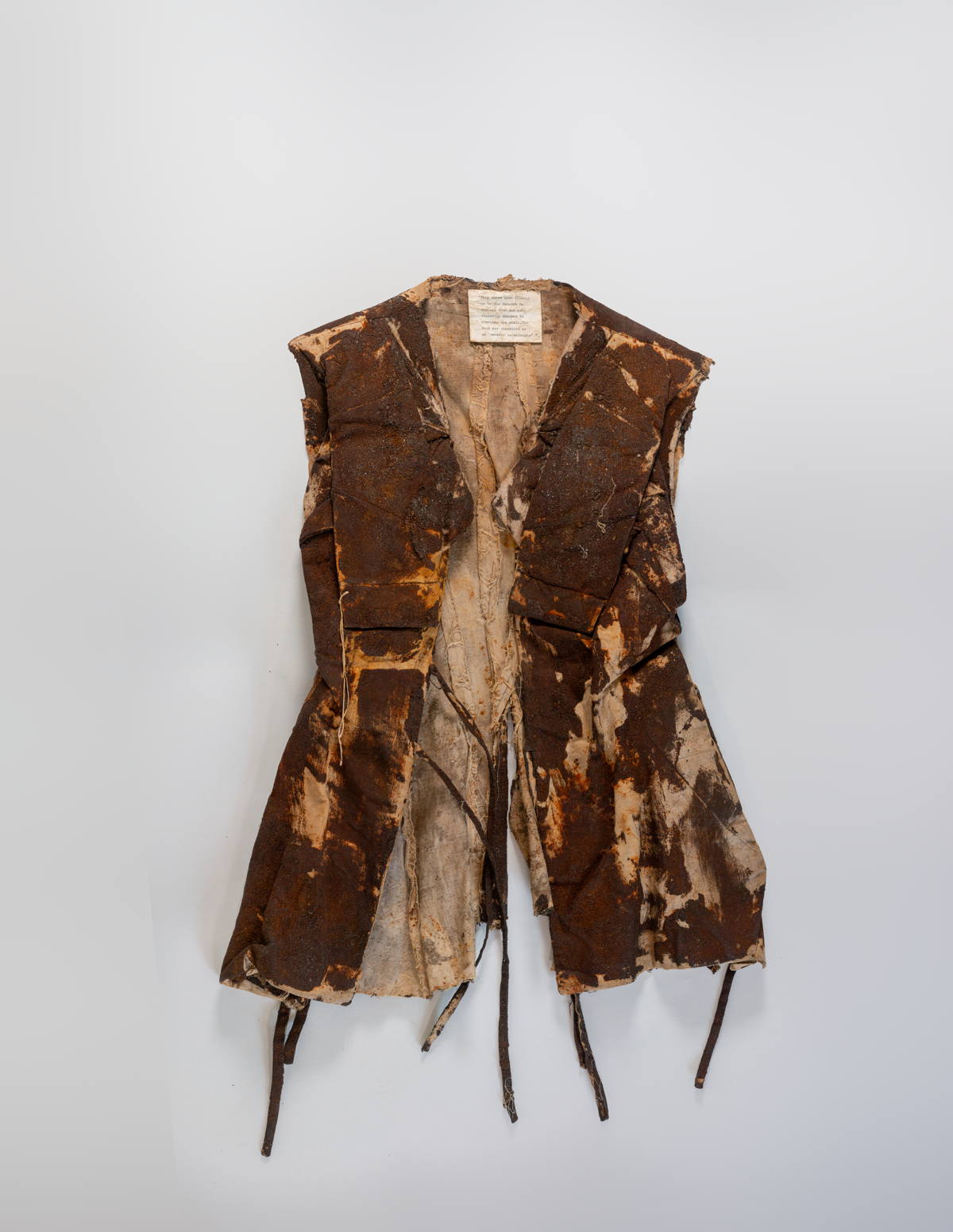
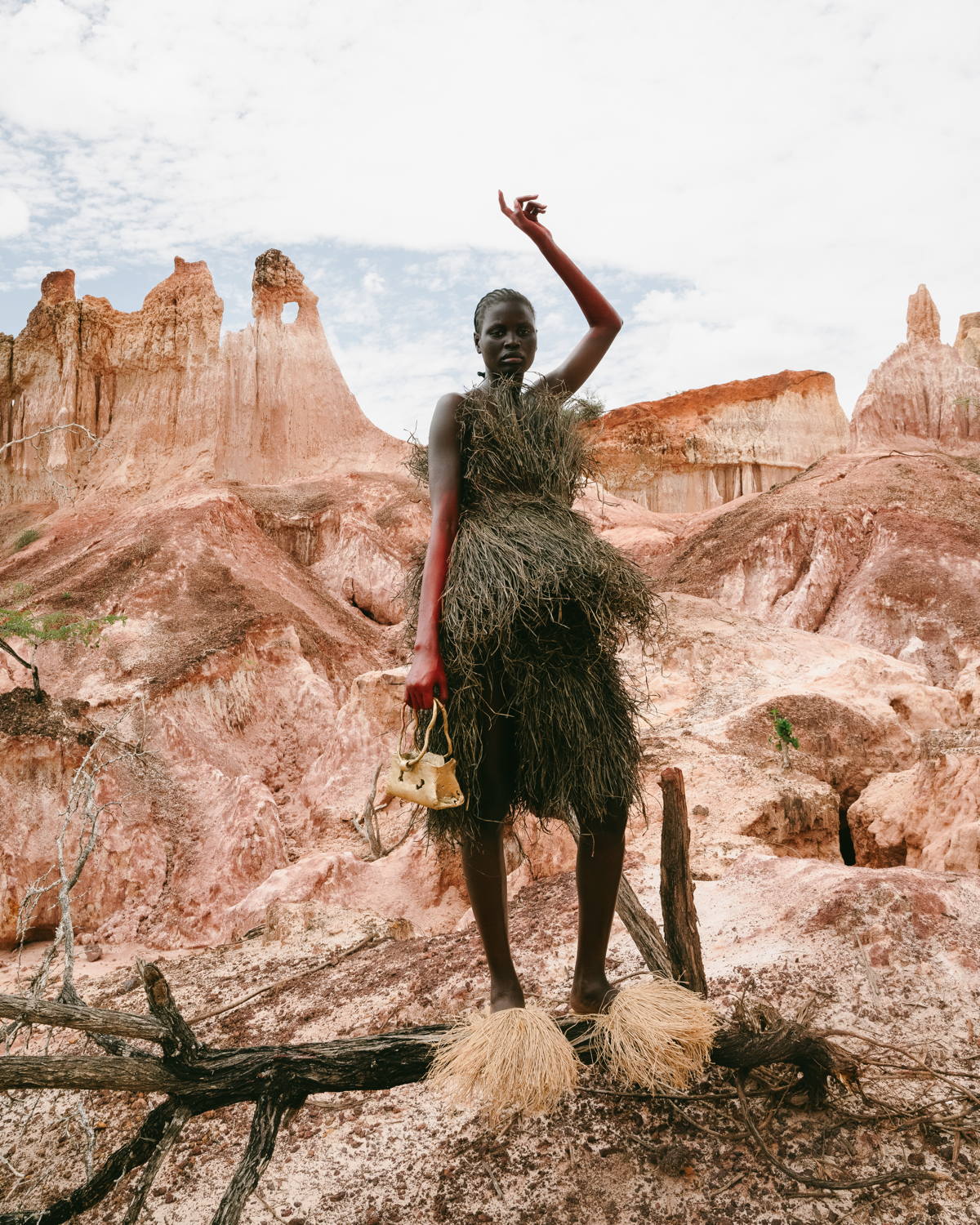
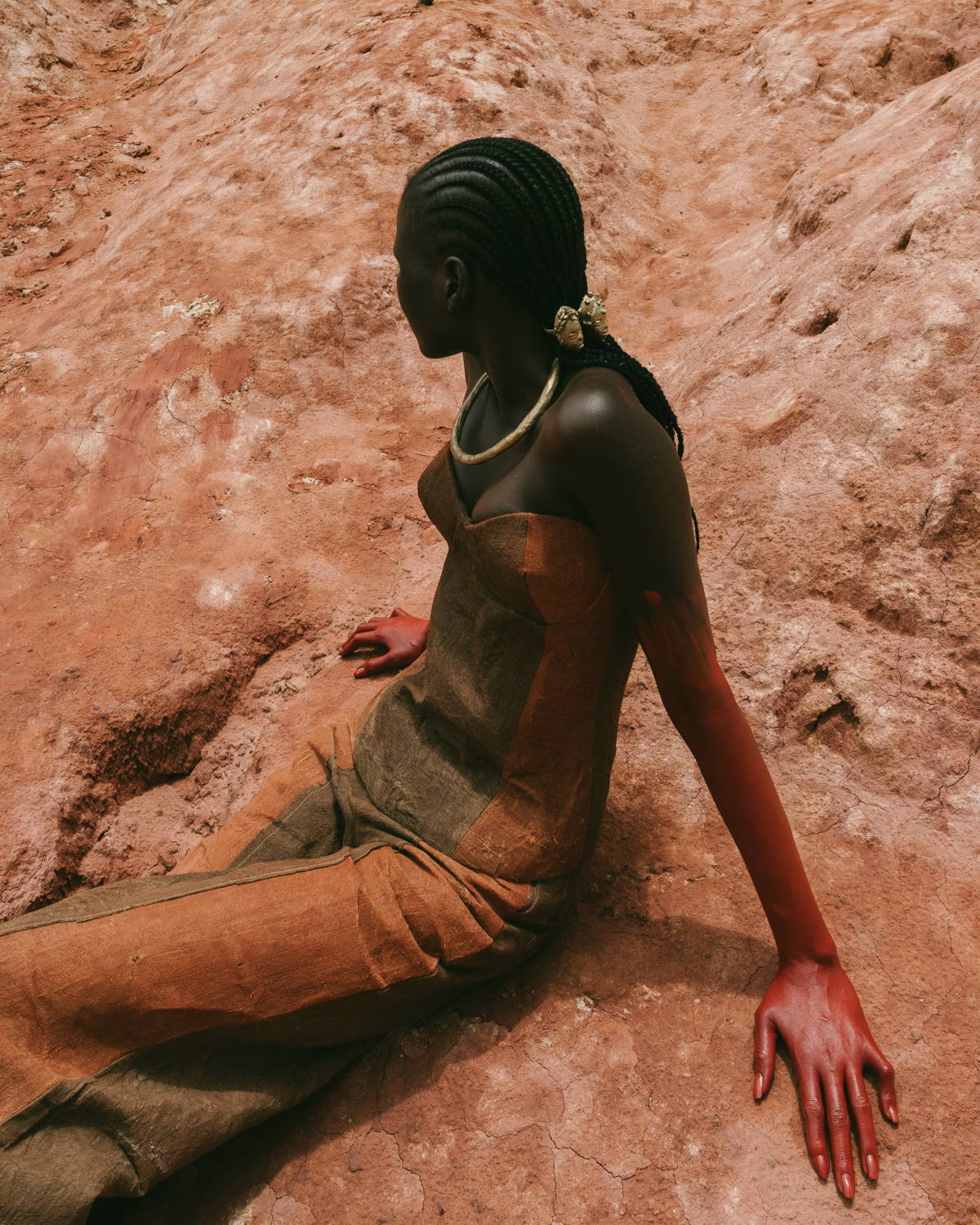
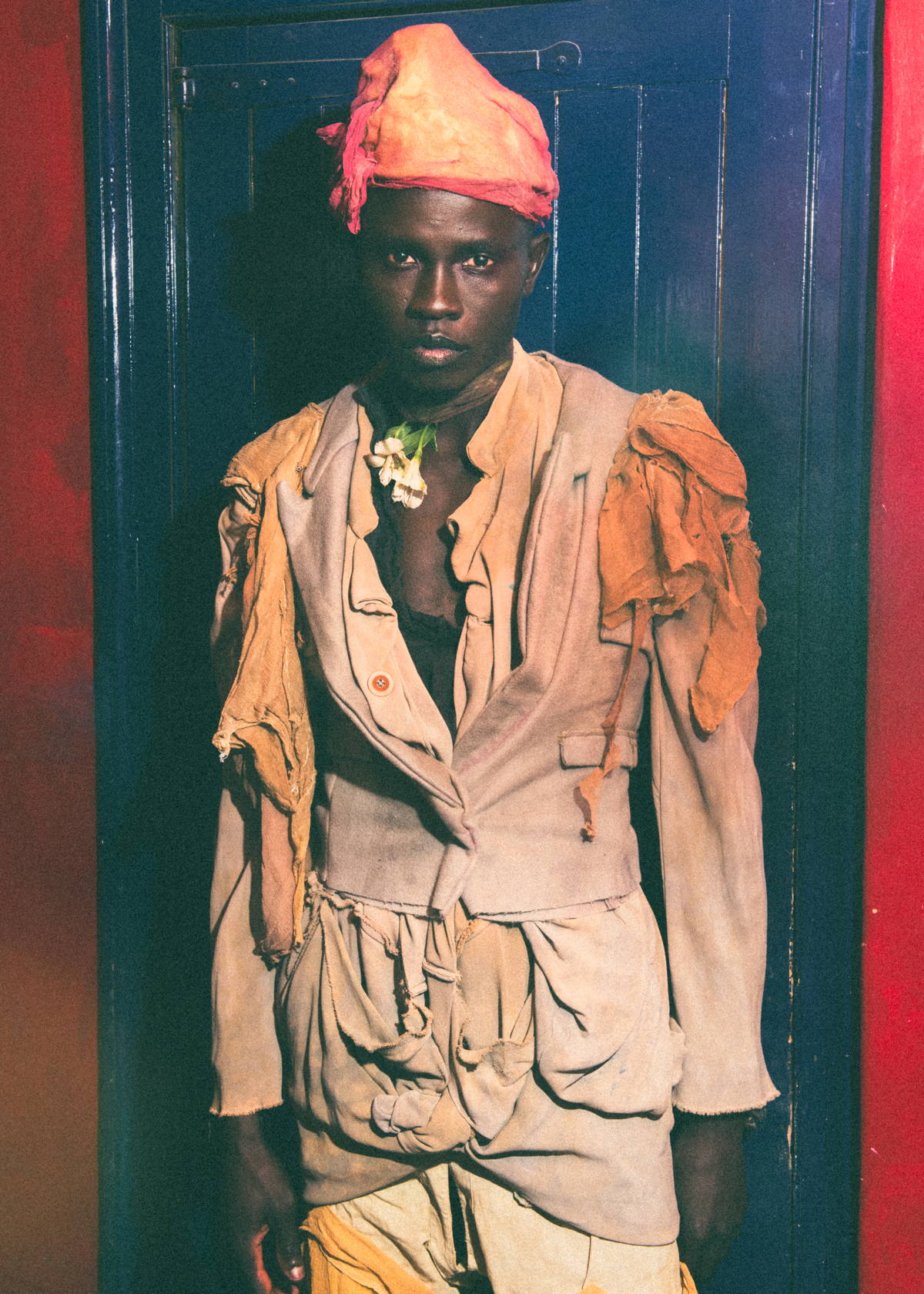
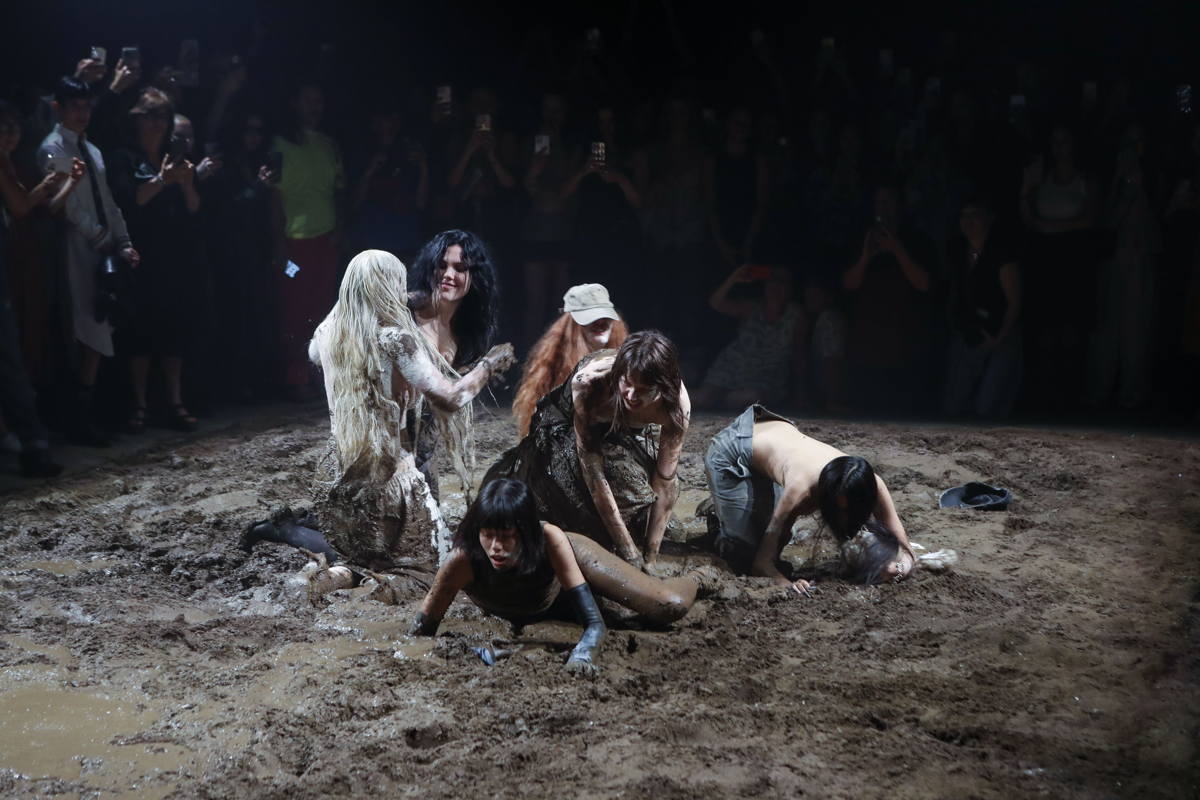
Dirty Looks traces this genealogy of imperfection through radical gestures that have defined recent fashion history. Among them, Hussein Chalayan’s The Tangent Flows (1993) holds a central place. In that collection, Chalayan buried garments alongside iron filings, allowing the earth, humidity, and oxidation to transform them over months. When unearthed, the clothes had changed in colour and texture, turned into archaeological artefacts, almost fossils of themselves. Chalayan did not design against time, but with it. His work anticipated a question increasingly vital to contemporary fashion. How to collaborate with nature rather than dominate it.
That same sensitivity extends to a new generation of designers who find in imperfection a fertile ground for reimagining the bond between fashion and ecology. Paolo Carzana dyes his fabrics with natural pigments and hand-stitches them in what he calls “a dressed prayer.” Solitude Studios lets the mud and peat waters of Danish bogs imprint their textures on fabric. Elena Velez works with steel and clay in shows that resemble ceremonies of erosion, where mud becomes a sacred material. Their practices restore a ritual dimension to fashion, each garment a collaboration with the elements, exposing both human fragility and nature’s strength. Far from industrial production, their work invites us to imagine fashion as an ecology rather than an economy, where what matters is not the final product, but the process, the cycle, the ongoing transformation.
Yet Dirty Looks goes beyond materiality, delving into the relationship between imperfection, the body, and desire. Designers such as Michaela Stark and Robert Wun turn vulnerability into an erotic language, reminding us that sensuality lies not in perfection but in singularity. Stark, through her sculptural corsets, reveals folds and tensions of the skin as traces of emotional truth. Wun, meanwhile, uses fire and stains as symbols of purification, creating dresses that seem to pass through rites of metamorphosis. In Bubu Ogisi’s work, vegetal fibres and natural dyes become forms of spiritual repair, a way to reconnect with roots and restore meaning to materials stripped of it by colonisation and mass production. Each of these creators poses the same question: can we reconcile ourselves with imperfection, without fear, guilt, or nostalgia?
Dirty Looks: Desire and Decay in Fashion presents fashion not as a product but as a trace, as memory made visible. Far from the glitter of the runway, garments reveal their vulnerability, showing that in the beauty of decay lies a deeper truth. In that tension between what decomposes and what regenerates, the exhibition reminds us that sustainability does not begin with materials, but with perception, with the way we learn to see what ages, what changes, and what ceases to be new.
On view at the Barbican Art Gallery, London, until January 25, 2026.
